We are,
Prickly Thistle
Prickly Thistle
As of 14th October 2022 we rebelled, and for now have an anti-social media platform policy. Let's connect in a real way, set yourself free from the scroll....
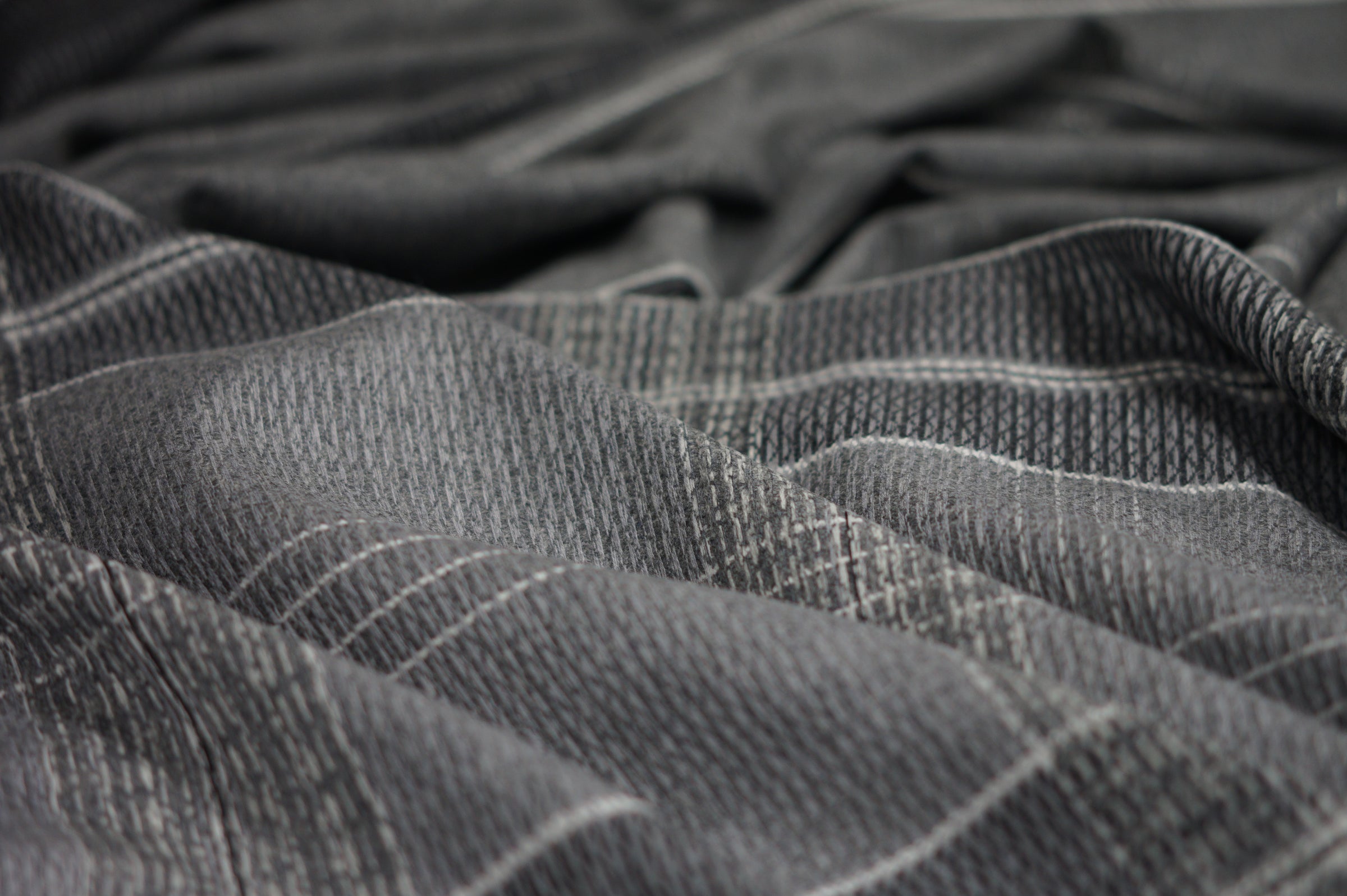
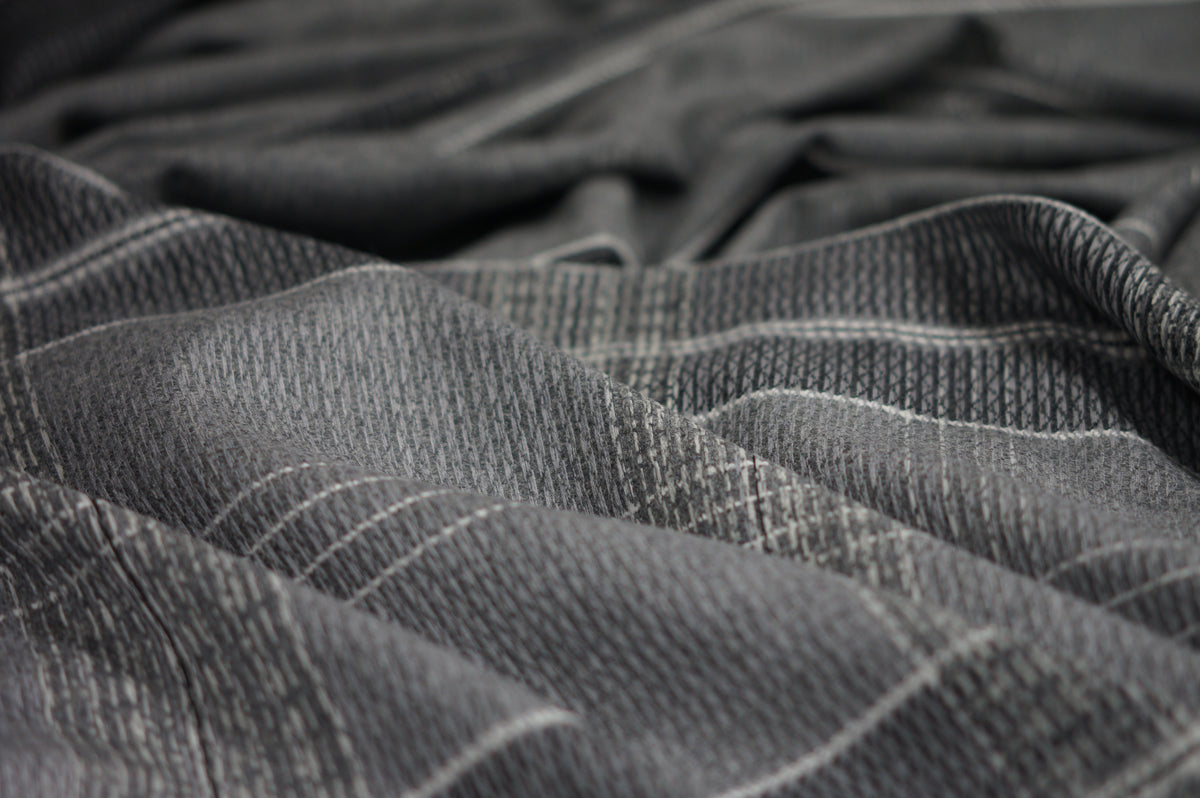
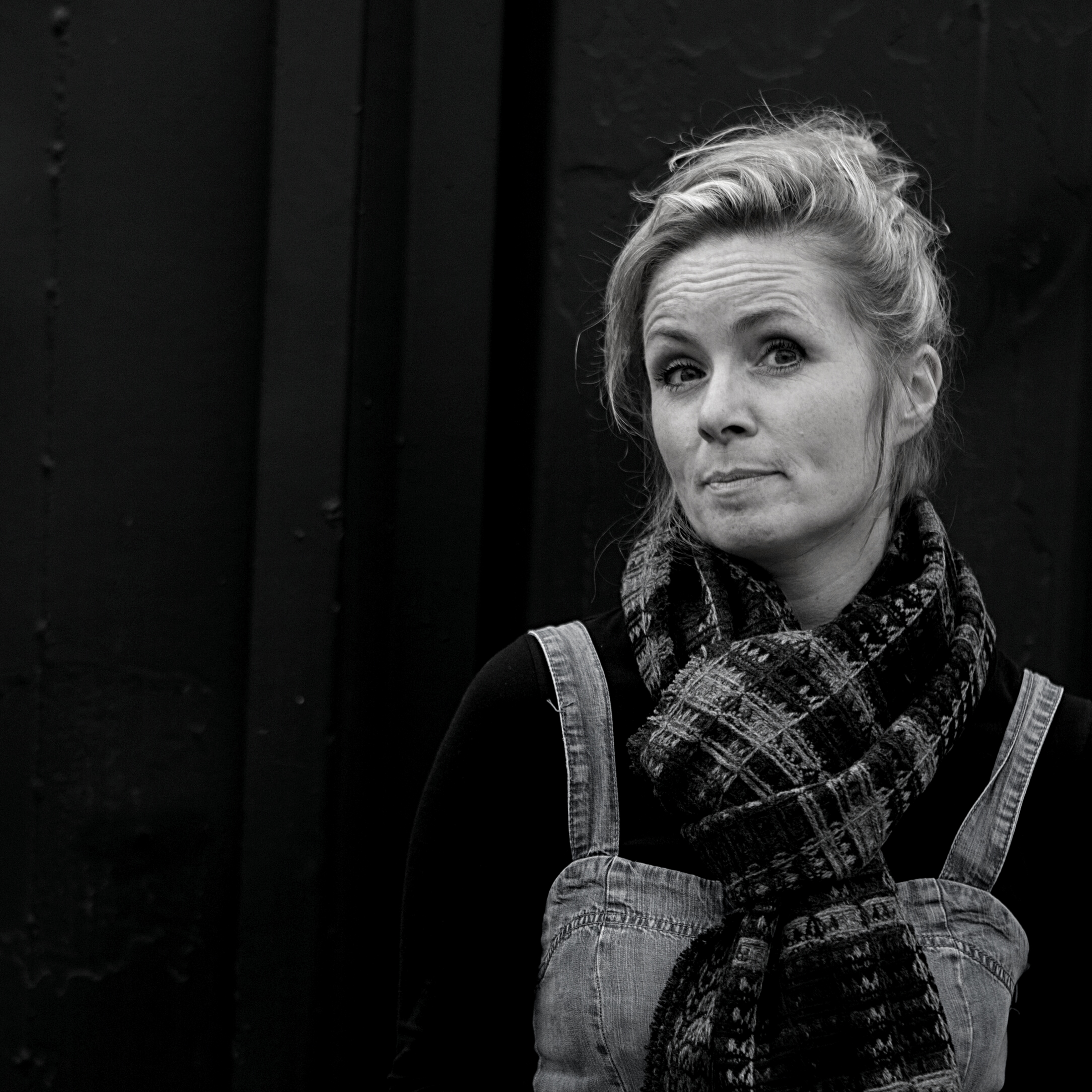
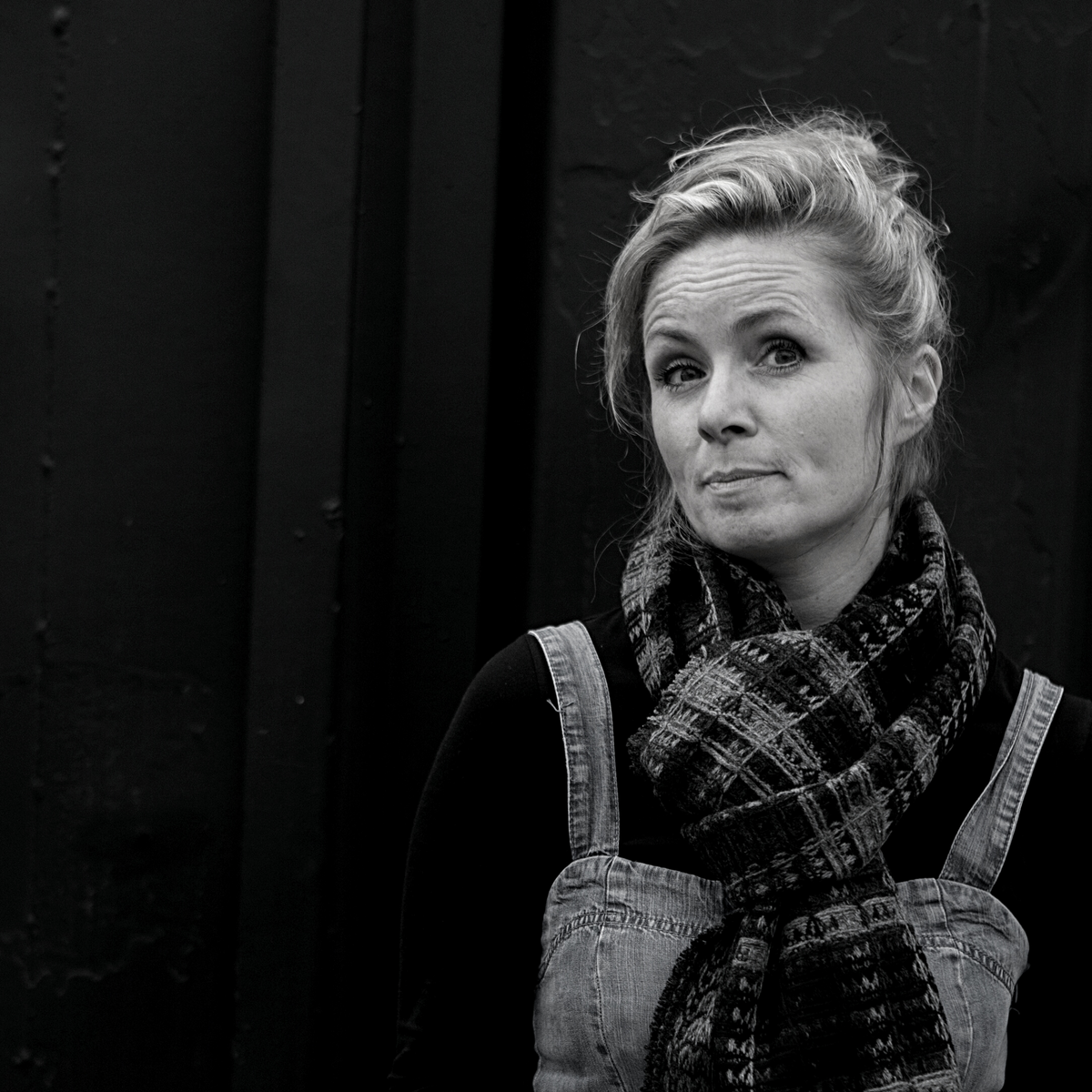
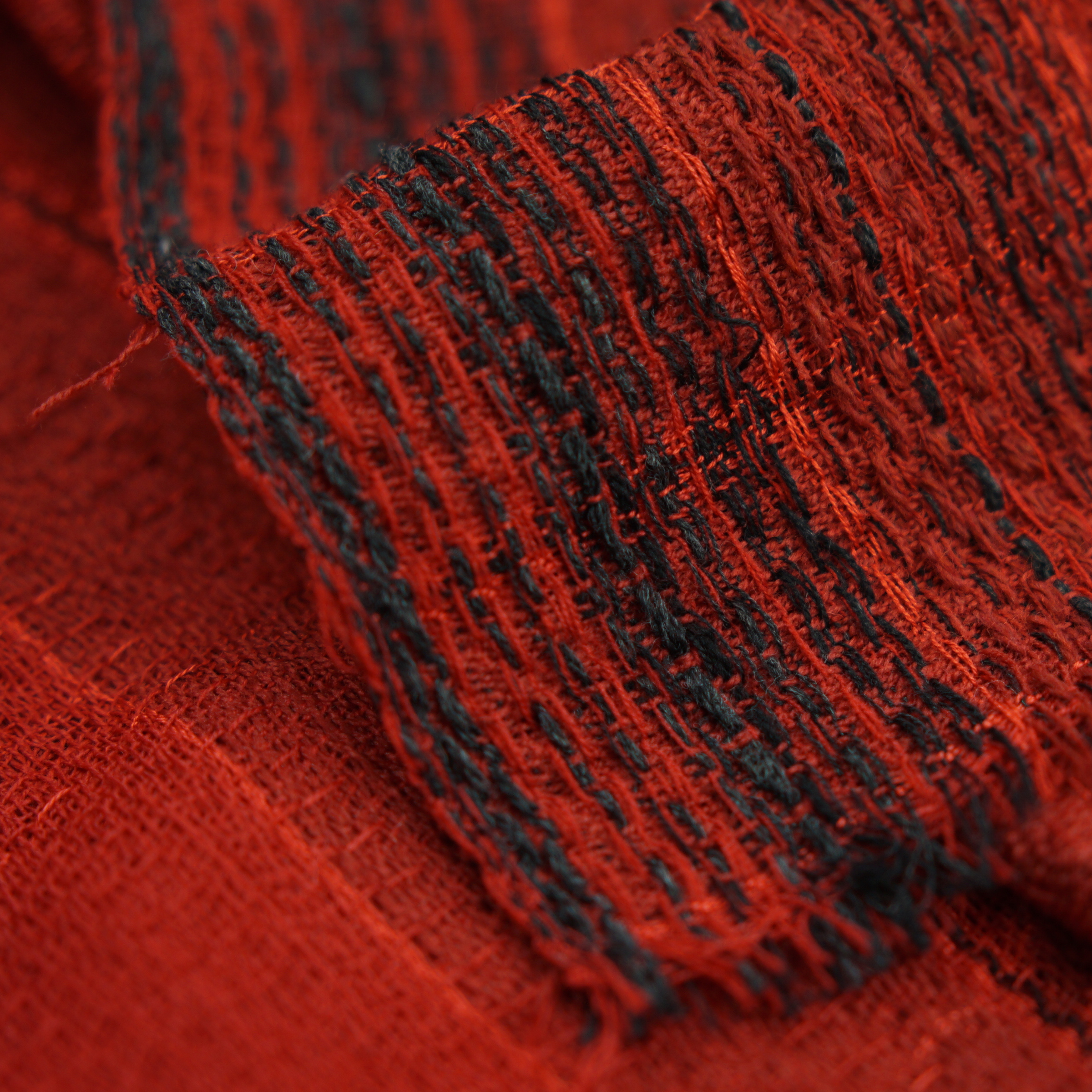

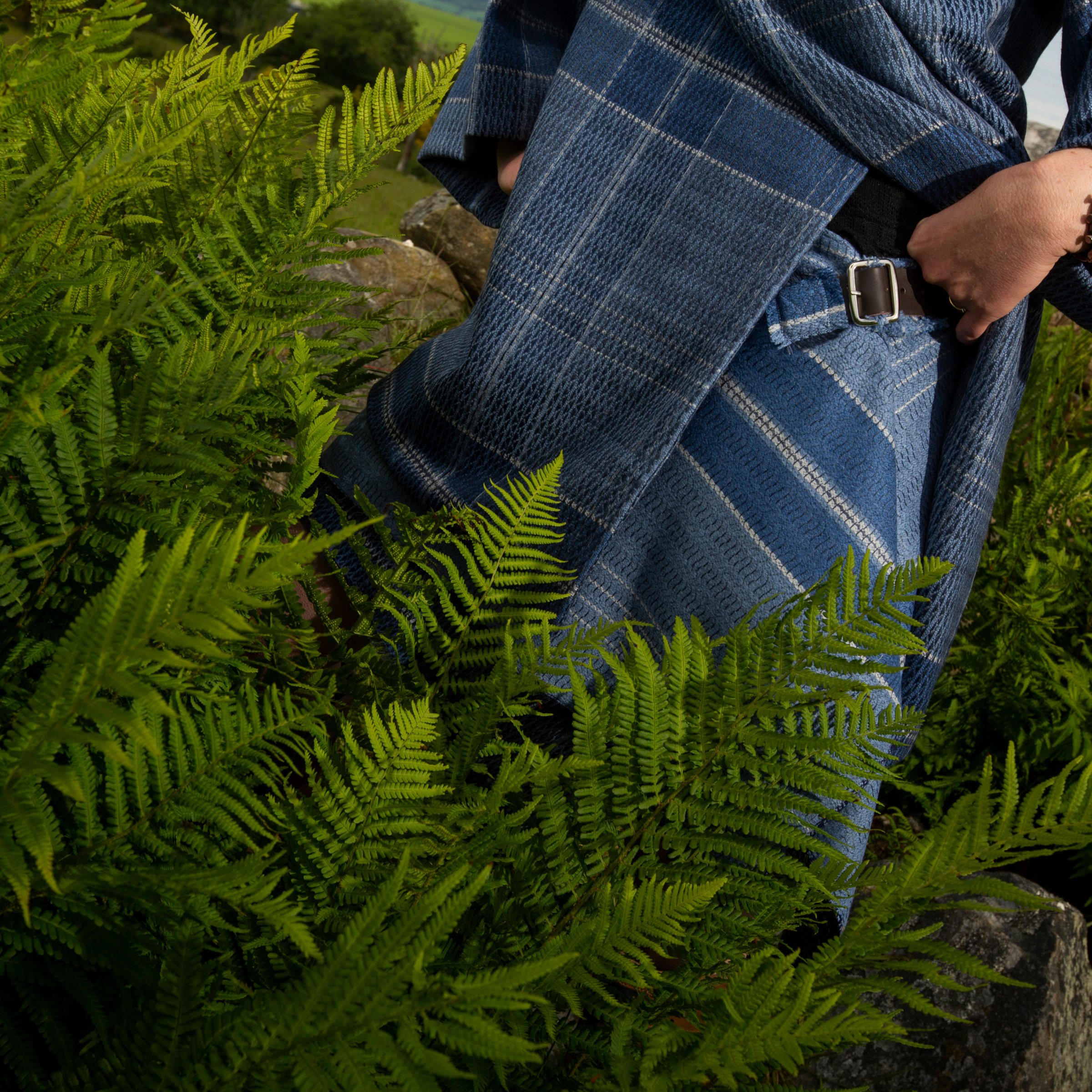
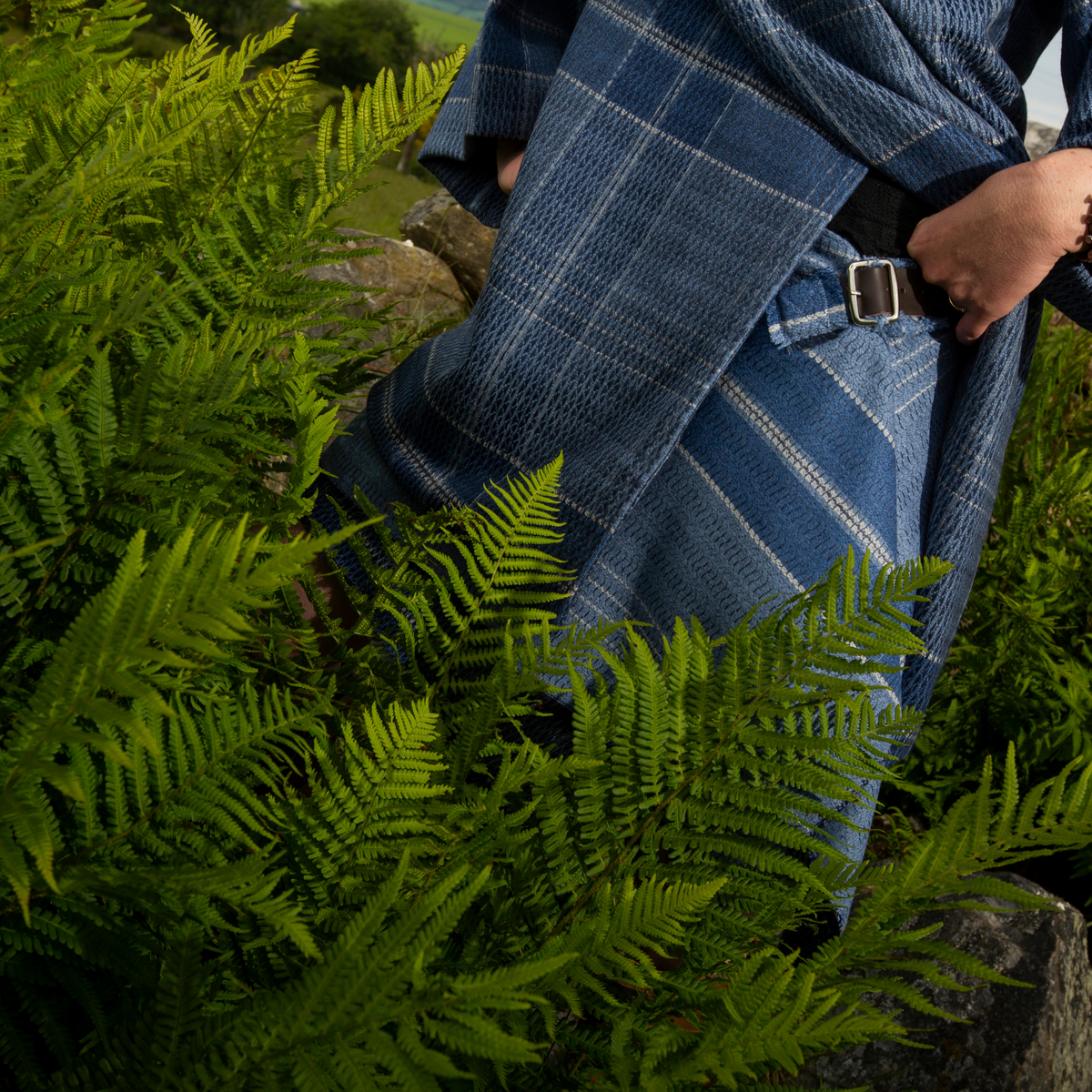
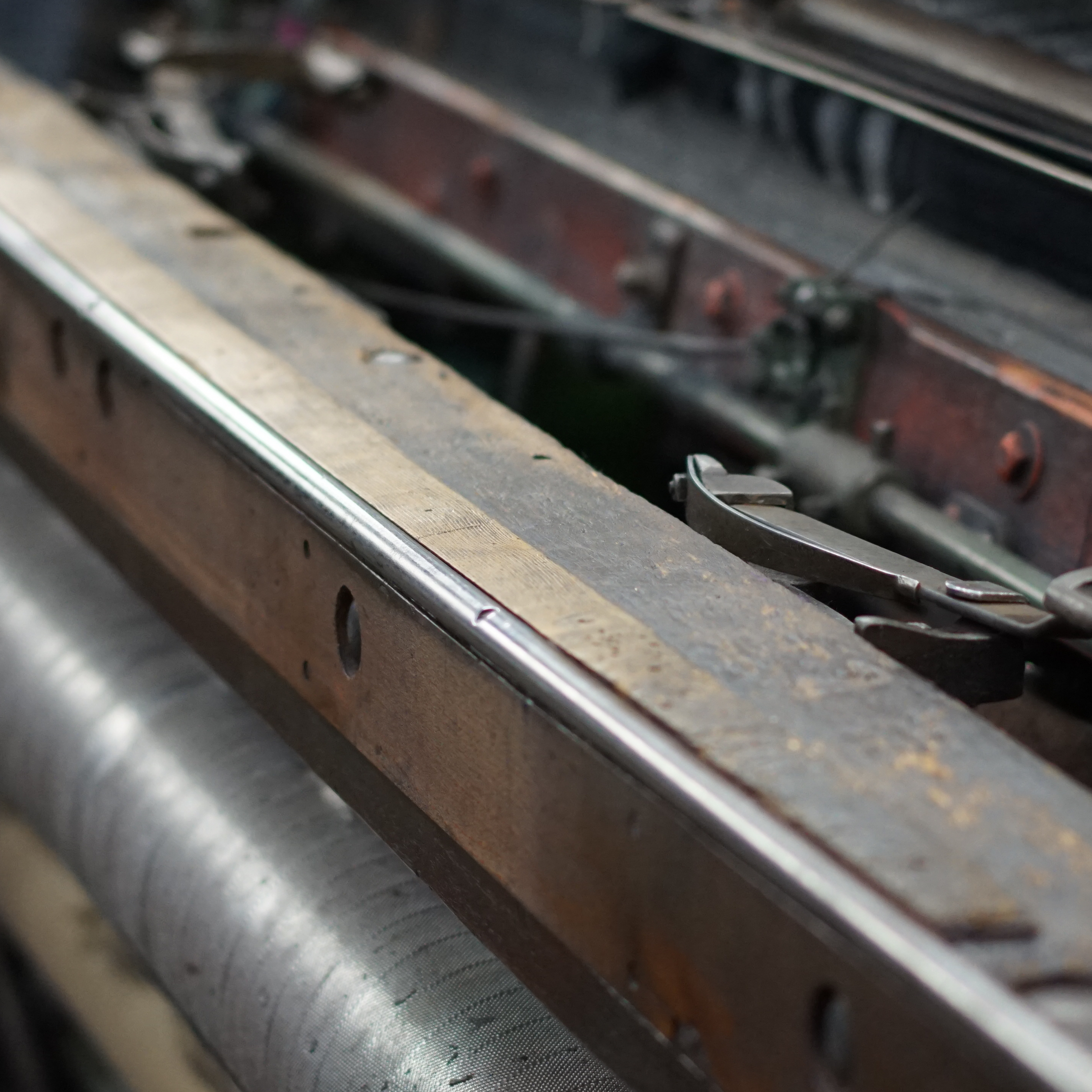
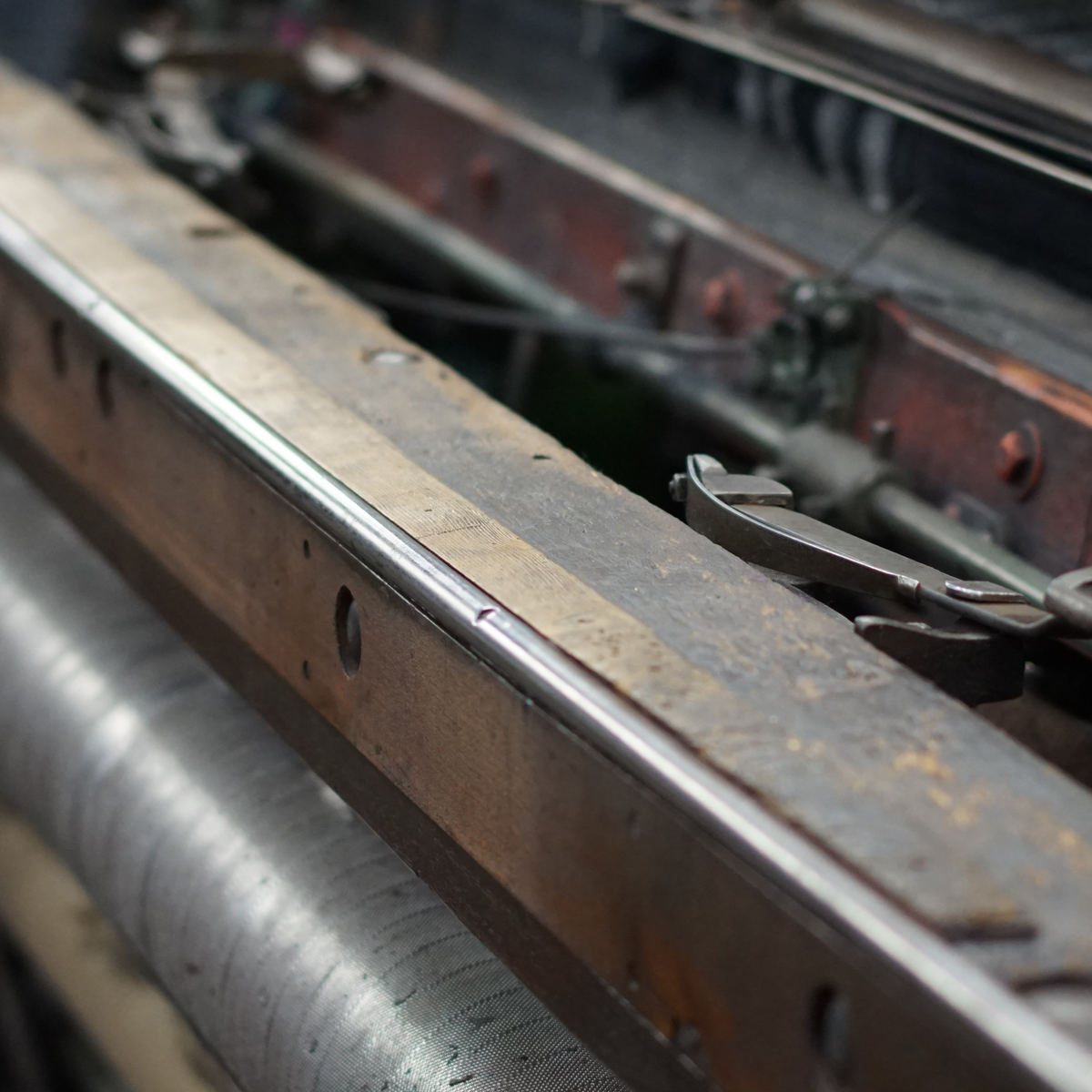
Ready to have your natural mind blown?
What are natural fibres?
Fabric is made up of fibres that are spun into yarn and then woven in a combination of ways to create fabrics for making clothes and all sorts of other things. Fibres can then be separated into two categories – natural and synthetic. The latter includes polyester, nylon, acrylic and elastane, which are all man-made and derived from fossil fuels, so that basically makes these fabrics all oil-based products. We have written diary entries about polyester and acrylic fabrics, feel free to check them out.
Natural fibres come from plants, animals and minerals. A few of the most well-known are wool & silk (animal) and cotton, linen & hemp (plant).
Natural fibres, tell me what is special about them?
They are naturally regenerative
The sources of these fibres are not finite or depleted when used. As long as there’s grass to graze on, every year sheep will produce a new fleece that needs shorn; as long as there’s mulberry leaves to munch on then silkworms will create cocoons; as long as we take care of the ground then the cotton, flax and sativa plants will grow. We can create regenerative systems with natural fibres that provide humans with livelihoods that aren’t in conflict with the planet. Natural fibres represent humans working in harmony with nature and rely on us maintaining eco-systems instead of destroying them.
They are biodegradable
One of the most fantastic parts of natural fibres is they are completely biodegradable unlike the man-made alternatives! Meaning they come from nature, and they return to nature without releasing any nasty toxins into the atmosphere or clogging up landfill sites. The speed at which they biodegrade varies depending on various conditions, but nonetheless they represent circular economy in the truest sense
Wool is hypo-allergenic, and loves looking after your skin
The one thing natural fibres are terrible at, is being a home for bacteria, fungi and dust! It’s bad-ass, and we love them for that. We’ve written about how wool is good for sensitive skin, even being recommended for eczema sufferers! Ready to de-bunk the myth of wool allergies?
Wool is naturally flame retardant
Ever looked at the label on a polyester garment and seen ‘Highly Flammable – Keep Away from Fire’? It’s very common and very real that synthetics go up in flames very easily. Naturals on the other hand, are difficult to set alight. Wool has high levels of nitrogen and water built into its construction, it literally has its own sprinkler system. Sadly, synthetics when next to naked flames will melt and cause burns by sticking to skin, it also produces noxious fumes.
Natural fibres are resilient
Natural fibres have a tensile strength that you would not believe was possible. But when you look deeper you realise that they have perfected their resilience over centuries, these plants and animals exist out in the wild and endure the harsh elements, they have smart evolution systems, and all naturally.
Wool is the oldest fibre known to humans! It was one of the first fibres to be spun into yarn and woven into fabric. Its versatility meant our global ancestors enjoyed wearing it and using it in their living spaces too. It is so rooted in the past that we trust it just as much as they did. It is a product of nature and as we all know, nature knows what the hell it’s doing! Modern science has tried to produce a fibre that matches its unique properties (like acrylic), but an original is an original.
It is stretchy and strong!
Wool fibres resist tearing and can be bent back on themselves over 20,000 times without breaking! Wool maintains its appearance, adding value to the product and its lifespan for decades, that’s music to our years when we say loved clothes last (when made of wool of course….)
It is also a natural air purifier
Wool cleans the air that we breathe! It absorbs volatile organic compounds and other allergens and pollutants from the air – seriously! It temporarily traps particles that can exasperate asthma and other respiratory conditions, ensuring they are not re-circulated
Wool practically looks after itself as clothing
Wool is anti-stain and anti-odour, it’s literally magic. Check out our No Wash Club page for more info, and yes because all our clothes are made from wool, we literally have made a wash-free wardrobe for you!
Just when you thought it could not get any better… wool also picks up less dust than other fabrics as it’s naturally anti-static and is a natural sunblock capable of protecting people from up to 97% of UV rays!
Feeling hot or cold in certain clothes, then wool solves all that for you
Wool has two layers when you look at it under a microscope. The outside is hydrophobic, meaning it’s naturally water repellent so defends the body from moisture to keep us warm. The inner layer is hydrophilic, so it absorbs moisture from the body. That’s why wearing wool in a hot climate is good because it absorbs our sweat without getting smelly. How? Because this powerful natural moisture control system means the fabric stays dry even though it can retain up to 30% of its weight in moisture!
Wherever you are in the world, a wool garment is constantly reacting to changes in your body temperature and accommodating your needs. It’s literally a living collaborator!
Sleep like a baby….
The hygroscopic properties of wool also help to regulate the body temperature in bed. When wearing wool sleepwear and/or various items of wool bedding – the coil-shaped fibres naturally remove heat and moisture from the skin, so you are not too hot and not too cold, but in an optimal and natural temperature setting for a good night’s sleep!
Do we use any other natural fibres at the mill?
Yes, we do, the closure straps found on our kilts, trousers and jackets are made from leather that is sustainably sourced in Scotland.
We also use tote bags as part of our plastic free packaging promise, these get shipped with every online order. Our tote bags are made from 100% GOTS organic cotton and certified by the Soil Association. They are ethically printed with eco-friendly water-based and lead-free inks.
Where did it all begin, the why then, the why now and the future of why not?
